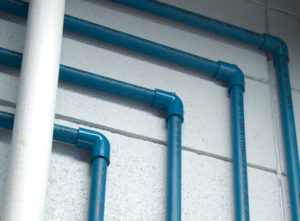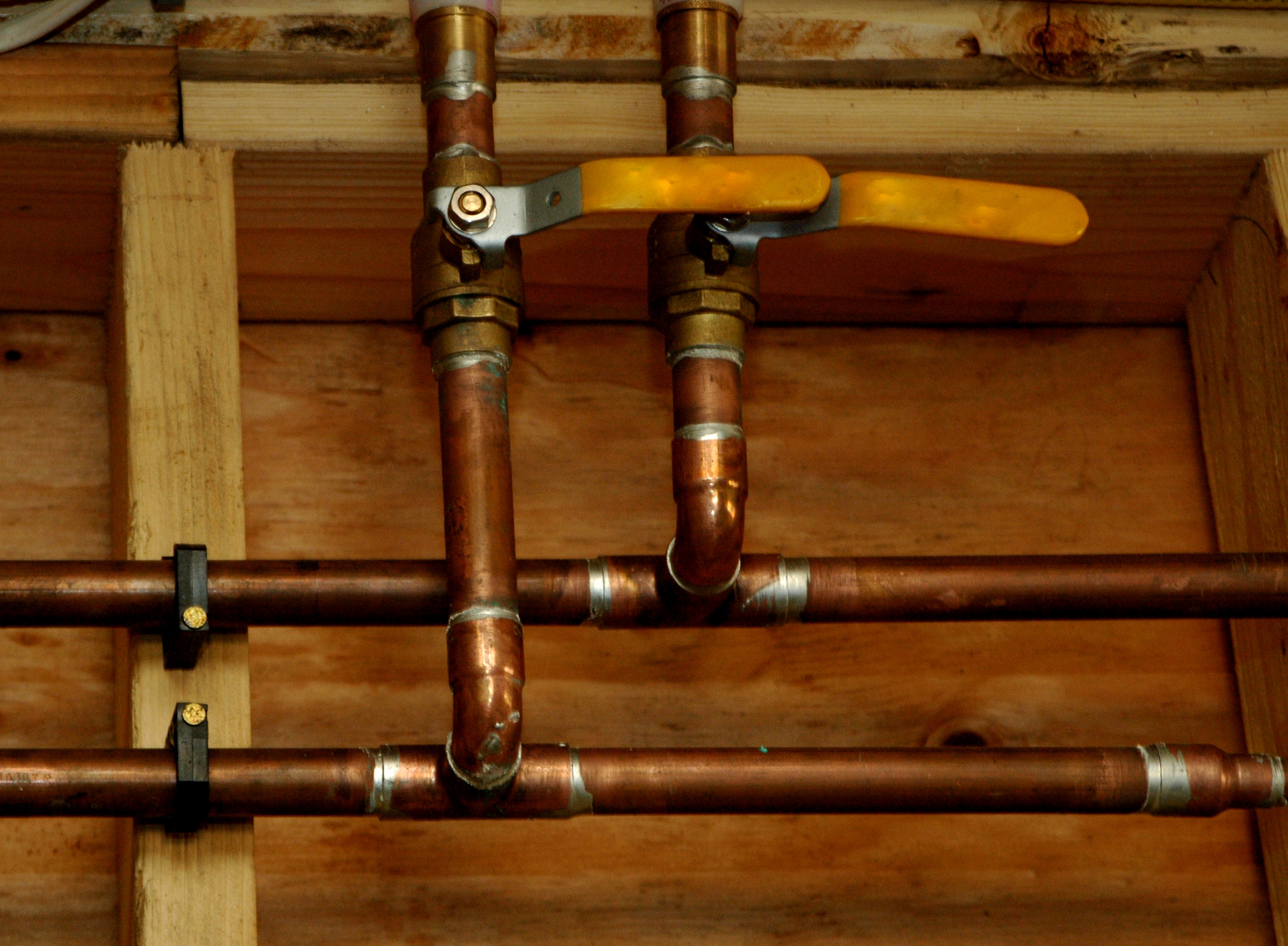We’ve all been hearing about PEX plumbing and how it’s modernizing the way that we pipe homes and other structures, but what exactly is it, and is it the best option for you?
PEX plumbing has been in use since the 70’s in European countries. While it has many advantages, it may not be the right option for every project.
Here are some things to consider.
There are three main options that are used as best practices when considering piping for any sort of plumbing need.
PEX Plumbing
If the price point is an issue, you should certainly consider using PEX or CPVC which both tend to run about the same price, and both are far cheaper than using copper.
PEX piping is ideal for many remodel projects. It comes in long, easily pliable tubes that can be easily fished through walls which is particularly useful if you are a DIY-er.
It is also easily bendable which means that it can be maneuvered around objects and walls without the use of connecters and glues that would often be a hassle when dealing with copper or CPVC.
A benefit of using PEX over PVC is that it is a soft material and, as such, will not burst when it freezes as it easily contracts and expands as the water freezes and melts.
Another benefit of PEX is that, like PVC, it will not corrode or be affected by acidic substances in a way that causes it to deteriorate.
CPVC
This is by far the least expensive option when it comes to piping.
CPVC has been safely used in homes since the fifties with very few issues or errors.
It’s durability, ease of installation, and affordability makes it an easy choice for most homeowners and DIYers when it comes to plumbing.
However, it does not tend to fare well with extended periods of exposure to sunlight or certain chemicals being sprayed on it or flowing through it, but it can sustain extreme temperatures with ease which make it a great option especially for hot water plumbing.
Copper in Plumbing
Copper piping has been around almost as long as people have used plumbing.
With a lifespan of up to one hundred years, it is certainly the option with the most longevity.
Another thing to consider is placement. Copper is very aesthetically pleasing and is a great option for something that will be visible and frequently seen as it is not an eye sore like CPVC or PEX can be.
However, being that it is the nicest looking and the longest-lasting of the options, it is also the most expensive.
Another down side about using copper is that its metallic properties do not allow it to expand and contract and may not be a good option for an area with severe weather.

The Benefits of PEX Plumbing
Aside from price, PEX tubing does not require the use of any glue. This makes it particularly useful when working in small confined areas as you don’t have to worry about the inhalation of potentially harmful chemicals.
It is also more flexible than PVC which allows for easy fishing through walls in situations where one is remodeling and not wanting to significantly damage walls in order to redo plumbing or to fix a problem area.
Using PEX does not require any special tools. The tubes are connected using either stab in or compression fittings.
PEX can be easily spliced into existing plumbing which also makes for easy fixes as it does not require the use of any soldering, which can save significant amounts of time on repairs.
Manifolds are not necessary when working with PEX either. You can install it just like any other pipe and connect main lines and branches to each tube.
It also comes in multiple colors which make distinguishing hot and cold lines quite simple. They offer to tube in red, blue and white. People often use red for hot water and blue for cold water. Some prefer even to use white for all of the plumbing to keep it consistent.
Our Hillcrest technicians can tell you from their decades of experience that it’s extremely reliable, and it’s been used for more than thirty years all over the world. There are homes that have had the same PEX piping for more than thirty years. Often any leaks that are found with PEX are not from the piping itself, but rather from faulty fittings.
When to Use PEX Plumbing
PEX is often the best option for smaller projects and quick repairs. Being that the piping does not have the regular kinds of connectors that CPVC uses, the connectors that it does use can often be pricey when using multiple at a time for a larger project.
It is best for small areas like under a sink as the piping can be easily bent and maneuvered and can be run with hot and cold water.
Being that the lines are long, there aren’t as many connectors involved, which also reduces the chance of leaks that could potentially result from connectors that are faulty or over time as they wear.
Smaller areas that keep PEX confined to an easy to reach spot allow leaks to be detected from any connectors that are used, as well as allow for easy repair.
DIYers considering redoing all of the plumbing for a building should consider CPVC, but for smaller projects and repairs PEX is affordable, durable, and quite often, the best option.





